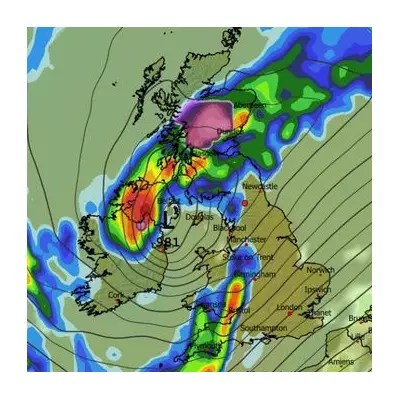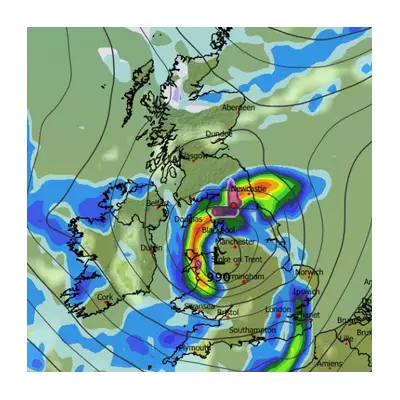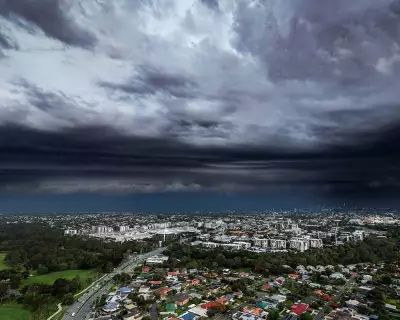
The UK is bracing for what forecasters are calling an 'anticyclonic gloom' period that could see weeks of persistently grey skies and damp conditions across the nation. This meteorological phenomenon occurs when high-pressure systems become stubbornly entrenched, trapping moisture and cloud cover beneath them.
What Exactly is Anticyclonic Gloom?
Unlike the bright, clear conditions typically associated with high pressure in summer, autumn anticyclones create the perfect recipe for sustained greyness. The shorter days and lower sun angle mean the sun lacks strength to burn through the cloud layer, leaving Britain under a blanket of dreary skies.
Met Office spokesperson Stephen Dixon explained: "We often see these conditions during autumn when high pressure dominates. The combination of moisture at the surface and the sun's weaker intensity creates this persistent cloud cover that's difficult to shift."
Regional Impacts and Variations
While the entire country will experience this grey spell, some regions will fare worse than others. Eastern areas are likely to see the most persistent cloud cover, while western regions might experience occasional breaks. Coastal districts could also contend with sea mists and fog patches rolling inland.
The forecast suggests:
- Widespread grey skies and limited sunshine
- Drizzle and mist in many areas
- Cooler than average temperatures for October
- Occasional thunderstorm outbreaks, particularly in southern regions
How Long Will This Weather Last?
Current models indicate this pattern could persist for several weeks, potentially making it one of the more prolonged anticyclonic gloom periods in recent years. The lack of Atlantic weather systems means there's little to disrupt this stagnant setup.
Gardeners and farmers are advised that the conditions, while uninspiring, do provide consistent moisture without heavy rainfall. However, the lack of sunshine may affect late-season crop growth and extend harvesting timelines.
For those already missing summer sunshine, meteorologists suggest this pattern typically breaks when stronger Atlantic systems eventually push through, but that might not occur until later in the month.





